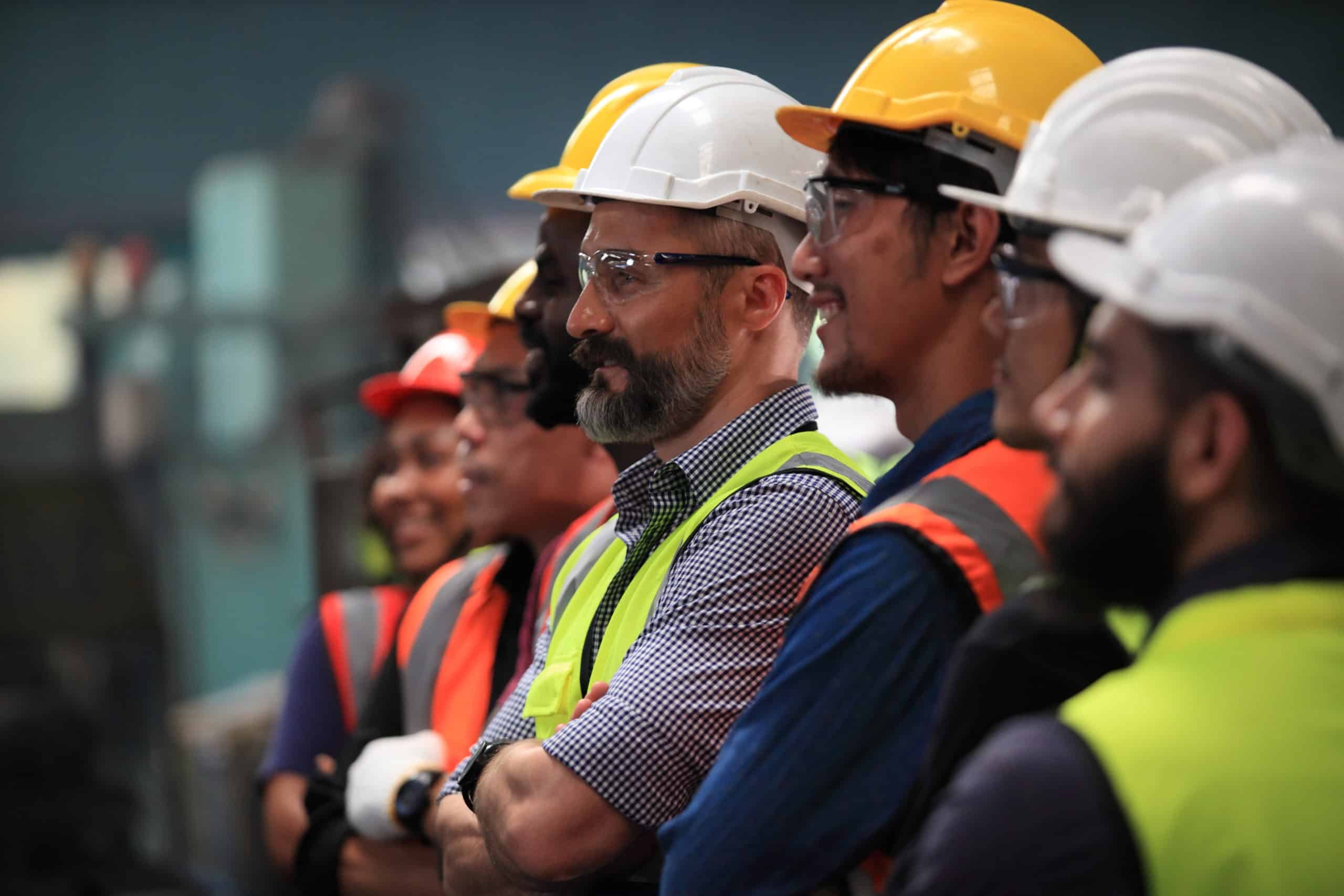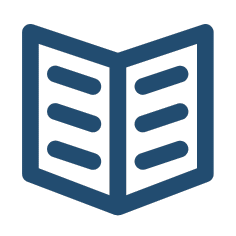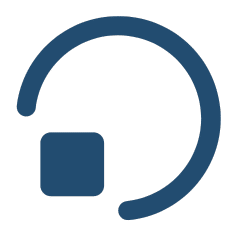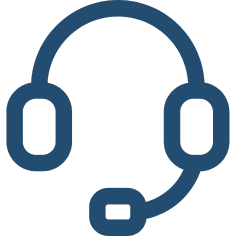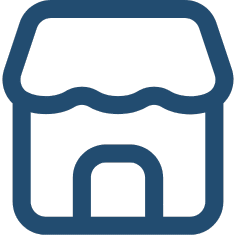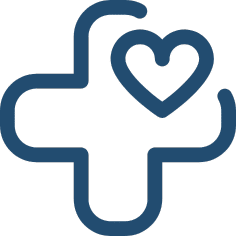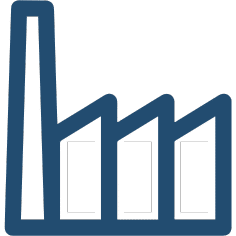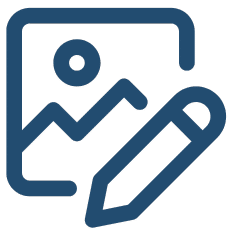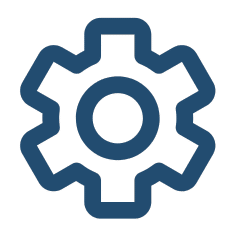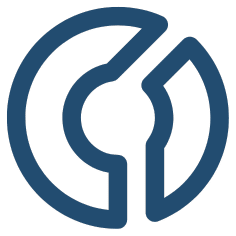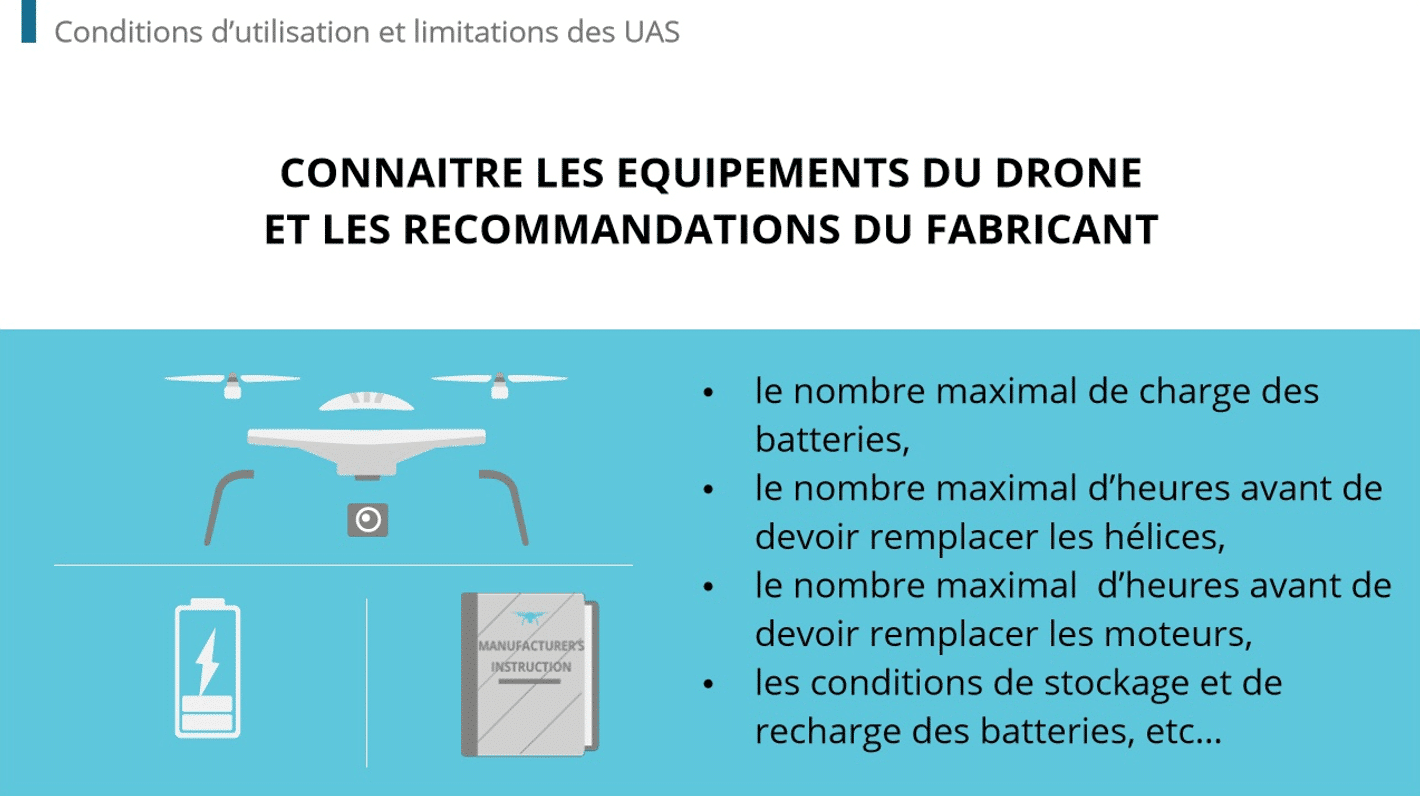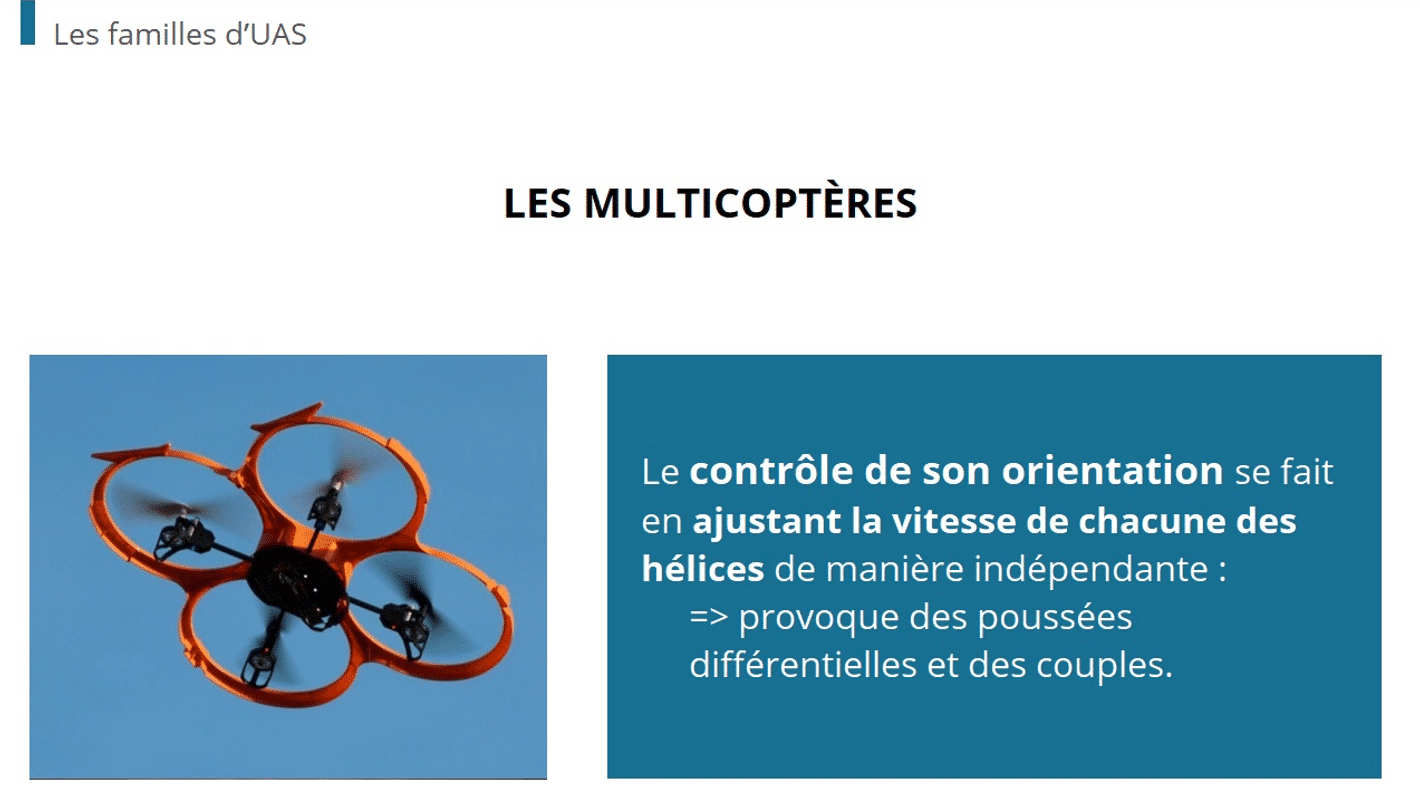It’s too much! In 2020, the median number of days absent from work after an accident or non-fatal illness in the manufacturing industry was 11 days, according to a Statista study conducted in the USA. Manufacturing is an industry that requires constant physical labor and handling of potentially hazardous equipment. With the inherent risk comes the need for standardized procedures to minimize the odds of bodily injury. With the differing regulatory bodies and constant updates, it’s no understatement to say it’s a major challenge for manufacturing companies to faithfully stay in compliance. Elearning is one tool that provides an anytime-anywhere solution. Learn how to leverage the emerging popularity of learning management systems (LMS) to get your staff on board with safety and compliance.
Why safety and compliance matter in manufacturing
Depending on the industry, manufacturers work with varying heavy machinery, chemicals, liquids, etc. These pose the risk of injury or illness if safety precautions aren’t met. According to the U.S. Bureau of Labor Statistics, there were a reported 846,700 workplace injuries in the manufacturing industry in 2019 alone. This is a staggering 6.6 cases of bodily injury for every 100 employees.
For the employees, this leads to loss of wages, compiled medical expenses, and loss of quality of life. Immediate family members are affected as well.
The challenges in following safety and compliance guidelines
There are varying regulatory bodies outlining safety procedures in the manufacturing sector. It can be difficult for companies to navigate the often-overlapping guidelines put forth by these institutions. Some of the more established regulatory bodies in manufacturing include but aren’t limited to:
- Occupational Safety and Health Administration (OSHA)
- Environmental Protection Agency (EPA)
- Food and Drug Administration (FDA)
- Consumer Product Safety Commission (CPSC)
- Office for Product Safety and Standards (OPSS)
- The Management of Health and Safety at Work Regulations
These standards cover manufacturing industries in the UK, U.S., and European nations. Companies may also have their own internal guidelines.
The challenge lies in determining which regulatory bodies apply to your company and reviewing their lengthy manuscripts. Some of the language can also be vague, and regulations are subject to frequent updates. It’s not effective practice to give your employees the link to the official compliance sites and expect them to navigate the complex and dry reading, and expect them to comprehend the information in one go fully.
How eLearning assists in safety and compliance training
Elearning provides a fully remote environment and may be combined with traditional in-classroom learning. Consider these best practices and the “how” and “why” of manufacturing workforce training.
1. Provides Diverse Media
Some safety practices aren’t easy to convey in words. This is particularly the case with respect to the handling of machinery, assembly line practices, etc. Practices explained in overly formal and dry language – as is often found in official regulatory sites – don’t make the information easy to implement, either. Elearning makes it easy to take the content from regulation sites and convert the information into more engaging formats. This includes less formal wording, images, videos, and infographics.
2. Divide the course into small, digestible content
With e-learning, courses can be broken down into manageable chunks. Employees can complete short sections during small pockets of time, such as during breaks, before bed, etc. This is especially important in the manufacturing sector where employees are often subject to quotas, tight production deadlines, and stringent shipping schedules. Quick and easy save features allow users to save anytime anywhere and pick up right where they left off.
3. Real-time learning and implementation insights
Safety and compliance measures change often to reflect current trends. Update courses right as the regulatory changes go into effect. Furthermore, instant analytics provide data that yield correlations between remote learning and workplace safety. Since implementing eLearning, has workplace injuries, sickness, or hospital visits gone down in your warehouse?
4. Emphasize the statistics
It’s ok to reveal the gritty statistics and facts. Reveal startling numbers, such as 73% of workplace injuries in the UK were long-term, or lasting 12 months or longer. If you have the information, include the facts and figures regarding industry-related mental stress and even fatalities. The purpose of revealing the statistics is to drive the point home why safety and compliance are so important. It may be an effective practice to include this information in the intro section of the eLearning course.
5. Highlight common violations
Violations vary between manufacturing sectors. Some of the common violations include:
- Machine guarding – not installing safety shields on equipment with exposed hazardous parts
- Failure to enforce machine lockouts/tag-outs
- Exceed weight capacity limits for ladders and scaffolding
By highlighting prevailing violations, employees know the areas that warrant extra attention when it comes to on-the-ground operations.
Dokeos LMS provides a turnkey solution
No measures can guarantee a 100% accident-free environment, especially not in the manufacturing sector where heavy machinery, conveyors, and sharp instruments are a normal part of the workplace. However, Dokeos LMS efficiently creates a remote learning setting. Impart the latest safety standards using diverse media and intuitive learning tools. Many HR teams have already adopted our LMS to improve lean manufacturing practices. Read more about the Mecaplast case, Lean Manufacturing and e-learning in our study.
Dokeos LMS stands out as the ultimate online platform for training in security and compliance within the manufacturing sector. Our feature-rich platform empowers manufacturers to cultivate a culture of safety and adherence to regulatory standards. With customizable courses, real-time tracking, and automated compliance reporting, Dokeos ensures that every employee is well-versed in safety protocols and industry regulations. In an industry where precision and adherence to guidelines are paramount, Dokeos LMS equips manufacturing organizations with the tools they need to maintain impeccable safety records and navigate complex compliance landscapes efficiently.
Sign up for a free trial today!

